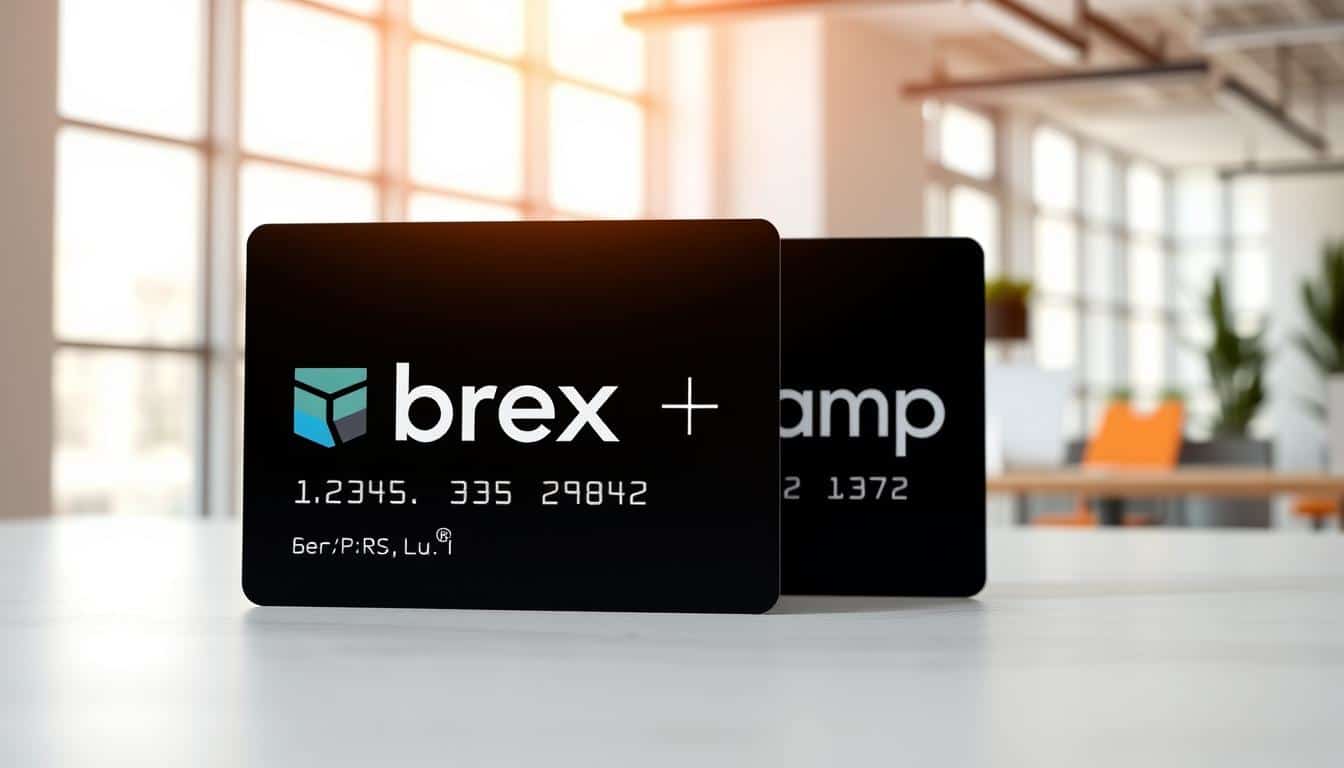Gross Domestic Product, or GDP, is key in measuring a nation’s economy. It sums up the value of all goods and services made in the country. This shows how well the US economy is doing.
By understanding GDP, people and leaders can see economic patterns. This helps them make choices that impact income and how we live.
Anúncios

TD Cash Back Visa Infinite* Card
Introduction to Economic Indicators
Economic indicators are key to understanding an economy’s health. They include GDP and offer insights into a country’s economic condition. They help politicians, businesses, and policymakers decide on economic strategies.
The Gross Domestic Product (GDP) is a crucial economic indicator. It shows the total value of goods and services produced in a specific period. The U.S. Bureau of Economic Analysis (BEA) assesses GDP. They provide quarterly and annual reports to evaluate the economy’s health.

Knowing these financial indicators aids in making smart decisions. They play a big role in figuring out growth or recession. Thus, affecting both individual finances and national policies.
What Is Gross Domestic Product (GDP)?
Gross Domestic Product, or GDP, is essential for knowing a country’s economy. It totals the worth of all goods and services made in a country during a certain time. This idea acts like a scorecard showing how well a nation’s economy is doing.
Definition of GDP
The idea of GDP is simple but covers many economic areas. It counts everything from what people buy to government spending. This makes it a solid way to see how an economy is working and where it can improve.
Importance of GDP in Economic Health
Understanding GDP is crucial. It helps measure a country’s economic growth and quality of life. Economists and leaders look at GDP numbers that come out every quarter and year. These numbers help them see and react to changes in the economy.
GDP shows economic trends. It affects things like investments and public services. This helps plan for the country’s future.
Components of GDP
It’s key to understand what makes up GDP to analyze economic performance. Each part has a big role in the economy’s health. We look at consumer spending, government spending, investments, and net exports to see how they help.
Consumer Spending
Consumer spending is a huge part of the GDP in the U.S. It includes what families spend on stuff like food, clothes, healthcare, and fun. When people spend more, it usually means the economy is doing well. It shows they feel good about their money situation.
Government Spending
Government spending covers public services and putting money into infrastructure, schools, and defense. This GDP part can really help grow the economy. It’s especially true in tough times when the government spends more to boost the economy and create jobs.
Investments and Net Exports
Investments drive economic growth over time, including business spending on assets and innovation. Net exports show if a country sells more than it buys from others. If net exports are positive, it’s good for GDP growth. But, negative numbers mean buying more from abroad.
Types of GDP
Understanding different types of GDP is crucial to analyze economic performance. There are nominal GDP and real GDP. Nominal GDP measures a country’s economic output at current prices, giving a snapshot of market value. But it doesn’t adjust for inflation. On the other hand, real GDP adjusts for inflation, showing economic growth over time more clearly.
Nominal GDP vs. Real GDP
Nominal GDP shows the total market value of goods and services at today’s prices. This can make the economy seem healthier than it is if inflation is high. Real GDP, on the other hand, adjusts for inflation. It offers a truer size of an economy and its growth. By looking at both, economists can spot real growth from just price increases.
Comparing GDP Per Capita
GDP per capita is found by dividing GDP by the nation’s population. It’s key for understanding economic productivity and living standards. It also allows comparison between countries of different sizes. GDP per capita shines a light on how resources are used and the quality of life across countries. It shows economic performance differences clearly.
Understanding Gross Domestic Product (GDP)
GDP is key to understanding how well an economy is doing. It totals the value of all goods and services made in a certain time. This includes what people and the government spend, investments, and the balance of trade. It’s like a snapshot of economic health.
Adjusting GDP for inflation and how many people live in a country is important. Without this, GDP might look like it’s growing when it’s not really. Getting these numbers right helps us understand if life is getting better or worse economically.
GDP growth tells us if an economy is healthy. If GDP is going up, it means more jobs and better public services are likely. But if GDP isn’t growing, it could mean trouble. Then, companies and governments need to act fast to fix things.
Methods of Calculating GDP
Understanding how GDP is calculated is key to analyzing a country’s economy. There are three main ways to do this: the expenditure approach, the production approach, and the income approach. Each one gives us a different view on a nation’s economic health.
The Expenditure Approach
This approach looks at the total money spent in an economy over time. It adds up what consumers, businesses, and the government spend, plus net exports. It shows the spending habits of these groups. This offers clues about consumer confidence and the economic condition.
The Production (Output) Approach
The production method calculates GDP by looking at the added value from all industries. It considers the worth of goods and services produced, after removing the cost of materials. This tells us about how different sectors are doing and their productivity.
The Income Approach
By using the income approach, we sum up all earnings from wages, rent, interest, and profits. This approach highlights how income distribution affects economic activities. It dives into the wealth generated in an economy, pointing out income gaps and economic movements.
GDP Growth Rate and Its Implications
The GDP growth rate is a key sign of economic changes over time, like each year or quarter. When it goes up, it means the economy is doing well. It shows more stuff is being made, more jobs are available, and people are buying more. But, if it goes down, it could mean economic problems are coming. This makes governments and banks think over their plans.
What the GDP growth rate means goes beyond just numbers. When it speeds up, central banks may raise interest rates to keep inflation low. But they have to be careful not to slow down growth. On the flip side, if the GDP growth rate drops, central banks might take steps to boost the economy and get people to invest more.
Knowing about the GDP growth rate helps us understand how strong the economy is. It lets experts and government leaders spot economic trends. This knowledge is crucial for making big decisions about money, investments, and how people see the economy’s health.
Adjustments to GDP for Better Insights
Gross Domestic Product, or GDP, is more than just numbers. Adjustments help us understand the real economic health. These methods show us not just how big an economy is, but how people are living too.
GDP per capita is a way to measure GDP for each person. This helps compare countries in a way that makes sense, even if their sizes are very different. For instance, a big country with a huge GDP might not be doing as well per person if there are a lot of people.
Purchasing Power Parity, or PPP, is another important adjustment. It looks at how far your money goes in different places. PPP lets us see the real value of what people can buy, instead of just looking at the numbers. This tells us more about how people are actually living.
Adjusted GDP measurements give us a better understanding. Experts say these changes show a clearer picture of how economies perform and what life is like for people all over the world.
GDP’s Role in Economic Policy and Decisions
Gross Domestic Product (GDP) is key for creating effective economic policies. Leaders use GDP to make fiscal decisions like changing taxes and government spending. By understanding GDP, we can spot economic trends and plan smarter.
GDP data also guides monetary policy. Central banks look at GDP to set interest rates and control money supply. If GDP goes up, rates might increase to fight inflation. A falling GDP could lead to lower rates to boost the economy. This shows the ongoing balance needed to keep the economy stable.
Government uses GDP to check the economy’s health. This helps them foresee issues and shape their responses. GDP metrics are crucial not just for policy actions. They also guide decisions affecting different areas of our lives.
Conclusion
The conclusion about GDP shows it’s crucial as a key economic indicator. Knowing what GDP is, how it’s calculated, and its impact is needed for those in economic roles. The methods for calculating GDP – like the expenditure, production, and income methods – help us understand our economy’s health and changes.
GDP not only shows how well a country’s economy is doing but also shapes important decisions by governments and companies. The growth rate and changes to how we measure GDP give us even deeper economic insights.
In the end, GDP is essential for evaluating economic performance and making policy decisions. With a solid grasp of GDP, economists, leaders, and business heads can make smarter choices for growth.
FAQ
What is Gross Domestic Product (GDP)?
Why is GDP important as an economic indicator?
How are GDP figures measured and released?
What are the main components that make up GDP?
What is the difference between nominal GDP and real GDP?
How is GDP per capita calculated, and why is it significant?
What are the three primary approaches to calculating GDP?
How does the GDP growth rate affect economic policies?
What adjustments are made to GDP for enhanced interpretability?
How does GDP impact government economic policy?
Conteúdo criado com auxílio de Inteligência Artificial



